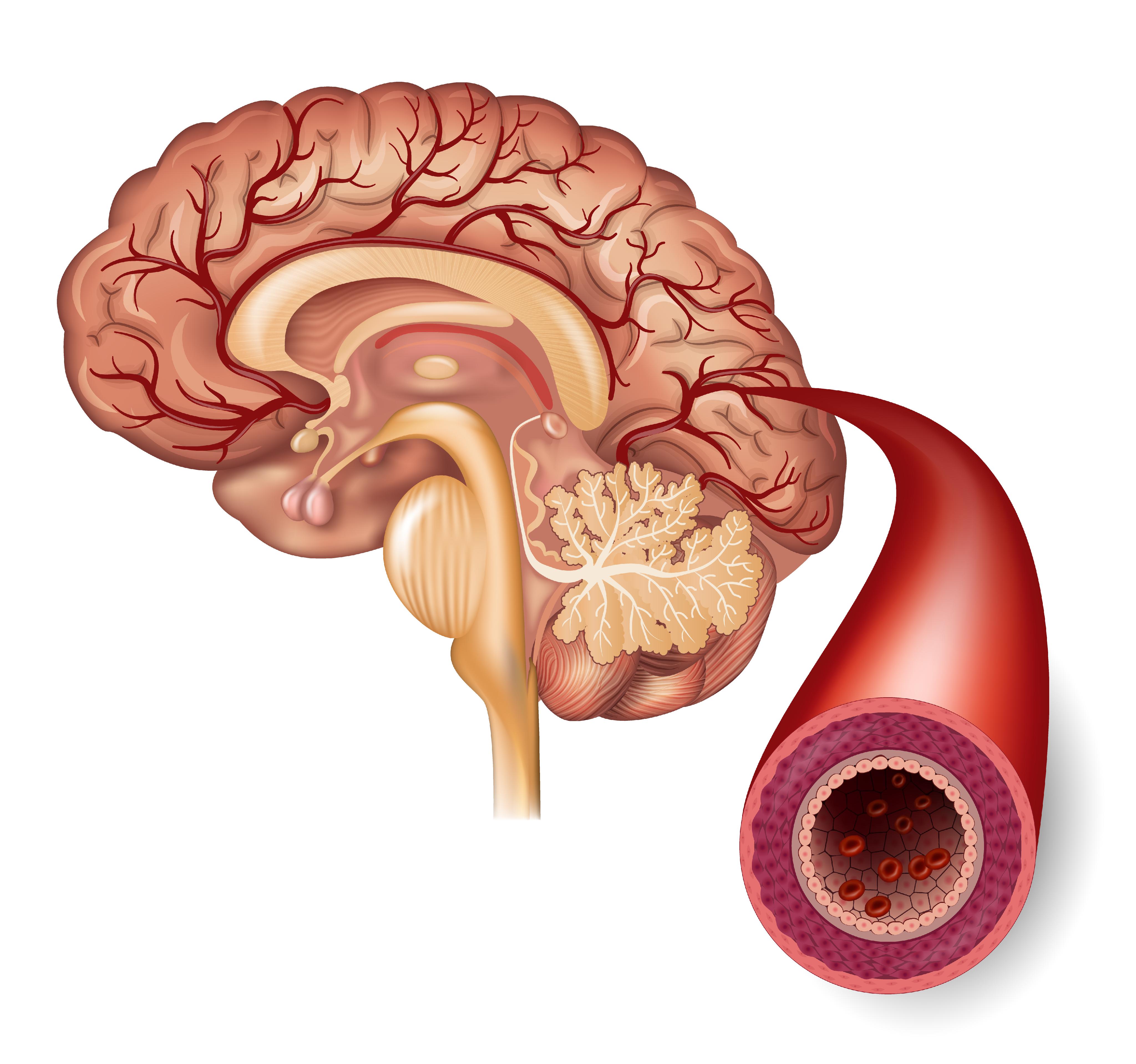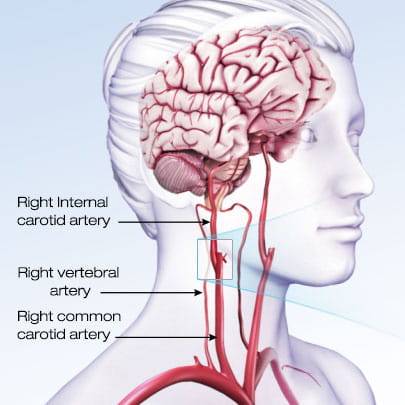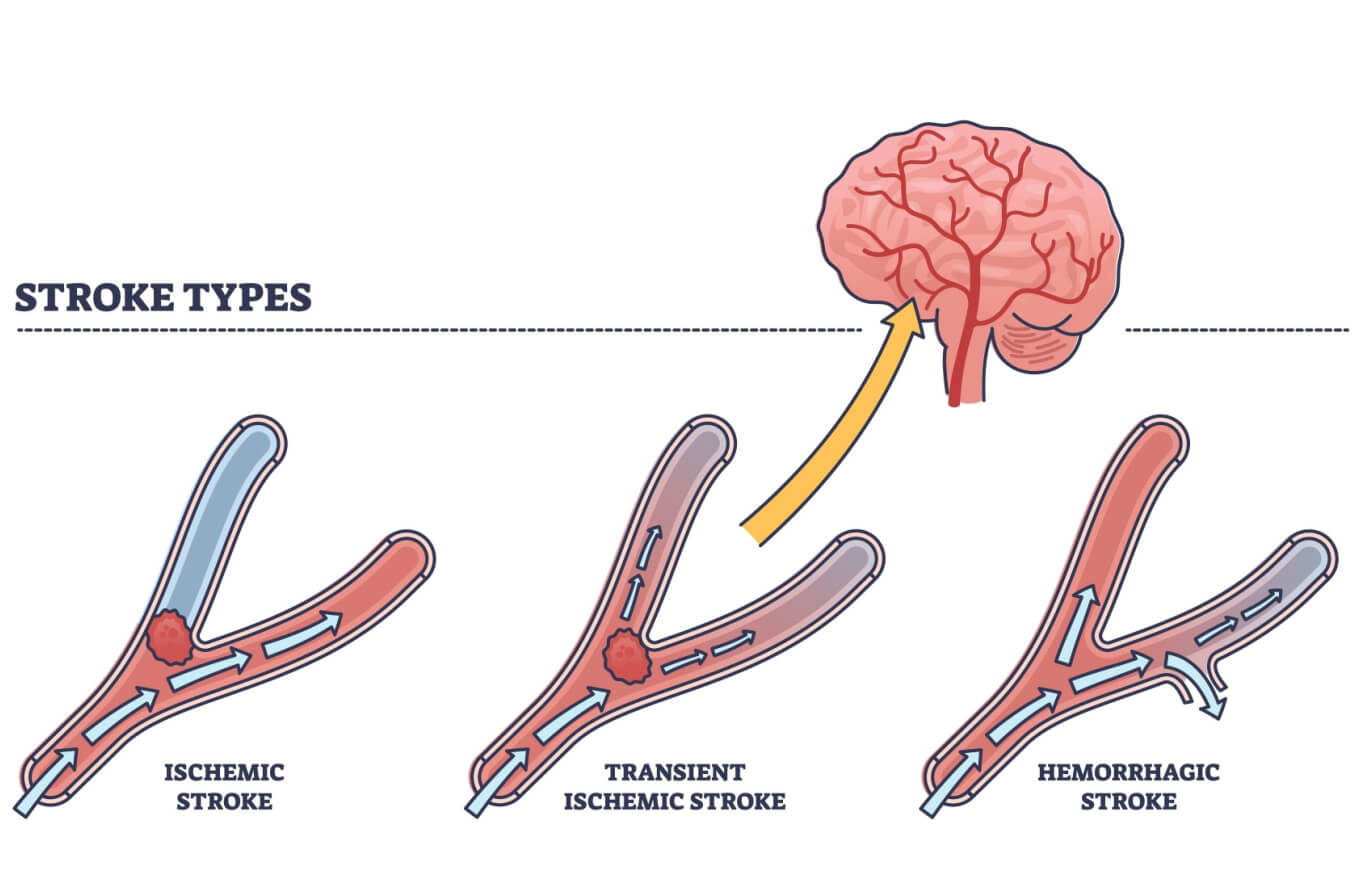Understanding TIA: Your Guide To Transient Ischemic Attack Warning Signs
A transient ischemic attack (TIA), often referred to as a "mini-stroke," is a critical medical event that demands immediate attention. While its symptoms are fleeting, a TIA serves as a potent warning sign, indicating a temporary disruption of blood flow to the brain. Understanding the nature of TIAs, their causes, and the urgent need for medical evaluation is paramount for preventing a more severe and potentially debilitating stroke.
This comprehensive guide delves into the intricacies of Transient Ischemic Attacks, drawing insights from expert medical perspectives, particularly those highlighted by institutions like the Mayo Clinic. We will explore what a TIA is, why it occurs, its common symptoms, and the crucial steps for diagnosis and management. By shedding light on this often-underestimated condition, we aim to empower readers with the knowledge necessary to recognize, respond to, and ultimately mitigate the risks associated with TIAs, safeguarding brain health and overall well-being.
Table of Contents
- What Exactly is a TIA?
- The Underlying Causes of TIA
- Recognizing TIA Symptoms: What to Look For
- Why Prompt Evaluation is Vital for TIA
- TIA as a Stroke Warning Sign: Understanding the Risk
- Diagnostic Approaches for TIA
- Treatment and Management of TIA
- Living Beyond a TIA: Prevention and Long-Term Health
What Exactly is a TIA?
A transient ischemic attack (TIA) is a short period of symptoms strikingly similar to those of a stroke. The key differentiator, however, is its transient nature: a TIA usually lasts only a few minutes, and unlike a full-blown stroke, it does not cause permanent damage to brain tissue. It's caused by a brief blockage of blood flow to the brain, leading to a temporary decrease in blood supply to a specific part of the brain. This temporary shortage of blood flow means that brain cells are deprived of oxygen and nutrients for a short duration, leading to neurological symptoms. While the symptoms resolve quickly, the underlying cause of the blood flow disruption remains, making a TIA a critical indicator of future risk.
- Monique Samuels
- Partidos De Copa Sudamericana
- Star Wars Micro Galaxy Squadron
- Po Box 30 Pewaukee Wi 53072
- Roger Dean Stadium
The Underlying Causes of TIA
The root cause of a TIA is a temporary decrease in blood supply to part of the brain. This can occur due to various factors that impede the normal flow of blood through the cerebral arteries. One common culprit is carotid artery disease, a condition where the arteries in the neck that supply blood to the brain become narrowed or blocked. Carotid artery disease often develops slowly, and a TIA might be the very first sign of its presence. Other causes can include blood clots that travel from other parts of the body (like the heart) and temporarily lodge in a brain artery, or narrowing of smaller blood vessels within the brain itself. Conditions like arteriovenous malformation (AVM) or brain aneurysm, though less common for TIA, are also related to blood vessel anomalies that can impact cerebral blood flow. Sometimes, temporary episodes of aphasia (difficulty with language) can occur, and while these can be due to migraines or seizures, a TIA is also a significant potential cause, highlighting the importance of thorough investigation.
Recognizing TIA Symptoms: What to Look For
The symptoms of a TIA mirror those of a stroke, but they are short-lived. They can vary depending on the part of the brain where blood flow is impaired. Common symptoms include sudden weakness or numbness on one side of the body (face, arm, or leg), difficulty speaking or understanding speech (aphasia), sudden confusion, trouble seeing in one or both eyes, or sudden problems with balance or coordination. These symptoms typically last only a few minutes, sometimes as little as five minutes, and then resolve completely. However, no matter how long symptoms last, a TIA is often an early warning sign that a person is at risk of stroke. It's crucial to remember that even if symptoms disappear quickly, the event should be treated as a medical emergency, as it signals an underlying vascular issue that needs immediate attention.
Why Prompt Evaluation is Vital for TIA
A prompt evaluation of your symptoms is vital to diagnose the cause of a transient ischemic attack. This immediate assessment is not just about confirming a TIA; it's about identifying the underlying condition that led to the temporary blockage. Without a swift diagnosis, the risk of a subsequent, more severe stroke significantly increases. About 1 in 3 people who have TIAs goes on to have a stroke, with a substantial number of these occurring within days or weeks of the TIA. Therefore, a TIA is a medical emergency that requires immediate medical attention, even if the symptoms have resolved. It also helps your healthcare professional determine the best treatment to prevent a future stroke.
The Role of Specialized Care
When it comes to TIA care, specialized medical teams play a crucial role. For instance, at Mayo Clinic, your care team includes doctors trained in blood vessel and brain conditions, known as cerebrovascular neurologists. These specialists are adept at diagnosing and managing complex conditions related to stroke, transient ischemic attack, arteriovenous malformation, brain aneurysm, subarachnoid hemorrhage, and carotid artery disease. Their expertise ensures a comprehensive evaluation and a tailored treatment plan, emphasizing the importance of seeking care from professionals with deep knowledge in these specific areas. Telestroke services can also provide rapid expert consultation in remote areas, ensuring timely access to specialized stroke and TIA care.
TIA as a Stroke Warning Sign: Understanding the Risk
The most critical aspect of a TIA is its role as a powerful warning sign for a future stroke. It's not merely a "mini-stroke" that can be dismissed; it's a "warning stroke" that demands serious attention. The statistics are stark: approximately one-third of individuals who experience a TIA will subsequently have a full-blown stroke. This emphasizes that while a TIA doesn't cause permanent damage itself, the underlying conditions that cause it can lead to a stroke that does. The transient nature of the symptoms can sometimes lead to complacency, but healthcare professionals universally stress that a TIA is a medical emergency requiring immediate evaluation. Ignoring a TIA is akin to ignoring a smoke alarm – the fire might not be raging yet, but the warning signals are clear.
Diagnostic Approaches for TIA
Diagnosing a TIA involves a thorough medical evaluation to determine the cause of the temporary blood flow interruption. This typically begins with a detailed review of symptoms and medical history. Doctors will look for risk factors such as high blood pressure, high cholesterol, diabetes, and a history of smoking. Physical and neurological examinations are performed to assess brain function. The goal is not just to confirm a TIA but, more importantly, to identify the specific vascular issue that led to it, enabling targeted prevention strategies. This comprehensive approach is crucial because the underlying causes of a TIA can vary significantly, requiring different treatment pathways.
Imaging and Vascular Assessments
To pinpoint the cause of a TIA, various diagnostic tests are employed. Imaging techniques like CT scans or MRI scans of the brain can help rule out a stroke and identify any areas of damage. Crucially, vascular imaging tests are performed to visualize the blood vessels supplying the brain. These may include carotid ultrasound to check for narrowing in the carotid arteries, CT angiography (CTA), or MR angiography (MRA) to provide detailed images of brain blood vessels. In some cases, a conventional angiogram might be performed. These assessments help identify conditions such as carotid artery disease, brain aneurysms, or other vascular malformations that could be responsible for the TIA. For example, if the TIA is caused by narrowing of blood vessels in the head, specific interventions may be recommended.
Treatment and Management of TIA
The primary goal of TIA treatment is to prevent a future stroke. Treatment strategies are highly individualized, based on the identified cause of the TIA and the patient's overall health. The approach often involves a combination of medication, lifestyle modifications, and in some cases, medical procedures or surgery. The prompt evaluation discussed earlier is critical in determining the most effective course of action. For instance, if a TIA occurs when blood flow is temporarily reduced due to a clot or narrowed artery, the treatment will focus on addressing that specific issue to restore adequate blood supply and prevent future blockages.
Medication and Lifestyle Changes
Medications are a cornerstone of TIA management. Antiplatelet drugs, such as aspirin or clopidogrel, are commonly prescribed to prevent blood clots from forming. In cases of severe arterial blockage, cilostazol might be prescribed in addition to aspirin or clopidogrel. Anticoagulants may also be used for certain types of clots. Beyond medication, significant lifestyle changes are essential. These include managing blood pressure and cholesterol levels, controlling diabetes, quitting smoking, adopting a healthy diet, increasing physical activity, and maintaining a healthy weight. These measures reduce the risk factors for both TIA and stroke, promoting long-term cardiovascular health.
Surgical Interventions for TIA
In situations where a TIA is caused by severe narrowing or blockage of a large artery, particularly the carotid artery, surgical interventions may be recommended. One common procedure is carotid endarterectomy, where a surgeon removes plaque buildup from the carotid artery to restore normal blood flow. Another option is carotid angioplasty and stenting, a less invasive procedure where a balloon is used to widen the narrowed artery, and a stent is placed to keep it open. These procedures are typically considered when the degree of blockage poses a high risk of stroke and medication alone may not be sufficient. The decision for surgical intervention is made by a team of specialists, weighing the risks and benefits for each individual patient.
Living Beyond a TIA: Prevention and Long-Term Health
Experiencing a TIA is a wake-up call, but it also presents a crucial opportunity for intervention and prevention. The immediate medical evaluation and subsequent treatment are just the beginning. Long-term health management after a TIA focuses on aggressive risk factor modification and adherence to prescribed medications. Regular follow-ups with healthcare providers, including cerebrovascular neurologists, are vital to monitor progress and adjust treatment plans as needed. Understanding that a TIA is a strong predictor of future stroke empowers individuals to take proactive steps, from managing chronic conditions to embracing a heart-healthy lifestyle. By doing so, the risk of a debilitating stroke can be significantly reduced, paving the way for a healthier future.
A TIA should never be ignored. It is a critical warning from your body that demands immediate and comprehensive medical attention. By understanding its nature, recognizing its symptoms, and acting swiftly, you can take significant steps towards preventing a stroke and protecting your brain health. If you or someone you know experiences symptoms of a TIA, seek emergency medical care without delay. Your prompt action could save a life or prevent long-term disability. Share this article to help spread awareness about the importance of recognizing and responding to Transient Ischemic Attacks.

Mini Stroke Symptoms Tia Transient Ischemic Attack Sy - vrogue.co

Transient Ischemic Attack (TIA) | American Stroke Association

What Is A TIA (Transient Ischemic Attack) And How Can It, 50% OFF